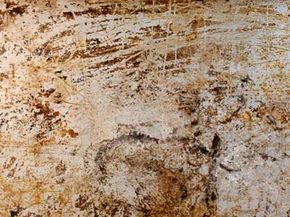Caring for Nonstick Cookware
There are many brands and variations of nonstick cookware on the market today. The type of coatings, number of layers and thickness of the metal base are all part of the durability and longevity of the cookware. Heavier pans with more coatings are likely to cost more money [source: Cookware Manufacturers Association]. No matter which one you choose, the nonstick surface -- whether it's polytetrafluoroethylene (PTFE) or another fluoropolymer -- should be treated with care to help preserve the cookware's coating.
According to William Raiford of DuPont, most nonstick cookware coatings are expected to last from three to five years with normal use. How often the pan is used, the types of cooking done with the pan and the utensils used on the pan can all affect the lifespan of nonstick cookware.
Advertisement
While nonstick cookware shouldn't require too much hard scrubbing, normal cleaning can be done with warm, soapy water. Harsh abrasives and rough cleaning pads are not recommended.
To prevent scuffs and scratches on the nonstick surface on a pan, utensils made of wood, plastic or coated materials are the best choices. It's also a good idea to store the pan in a cabinet or area where it won't get scratched [source: DuPont].
One of the major selling points for nonstick cookware is that you can cook using less oil. This doesn't mean you can't use butter or oil in your cooking if you want to -- but lots of nonstick spray isn't recommended. It can eventually leave a residue that can hurt the nonstick surface's performance [source: T-fal].
Following some simple tips regarding use and cleaning can help to preserve your nonstick cookware. First, keeping the setting of your stove to low or medium is a good idea. Make sure your pan doesn't exceed temperatures of 450 to 500 degrees Fahrenheit (204 to 260 degrees Celsius). Heating an empty pan can make it reach very high temperatures more quickly. This recommendation has as much to do with safety as with maintaining your pans -- we'll look at how on the next page.
